ECG Blog #432 — "Should I Shock this Patient?"
Ken Grauer, MD
MAY 31, 2024
I was sent the ECG in Figure-1 — without the benefit of any history. Is this VT? What is the 1st thing — that YOU would do? Figure-1: I was sent this ECG without any history. Is this VT? MY Thoughts on Today’s CASE: As tempting as it might be to reach for the defibrillator on seeing the ECG shown in Figure-1 — My initial reaction was different. At 1st glance , my impression from seeing ECG #1 — was that the rhythm is very fast and irregular — with a highly variable QRS morphology — and, without
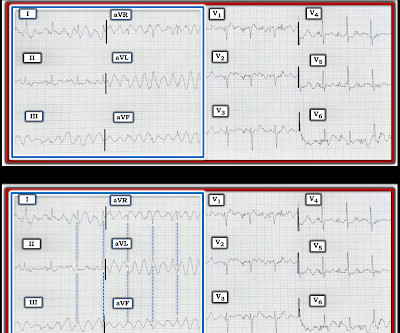


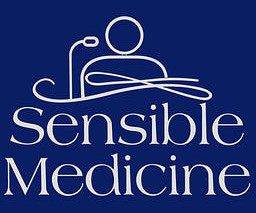



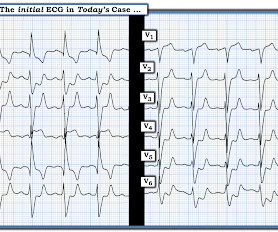

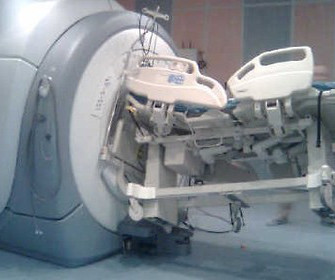

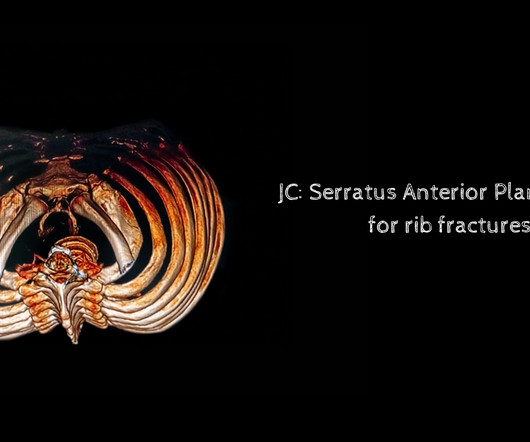


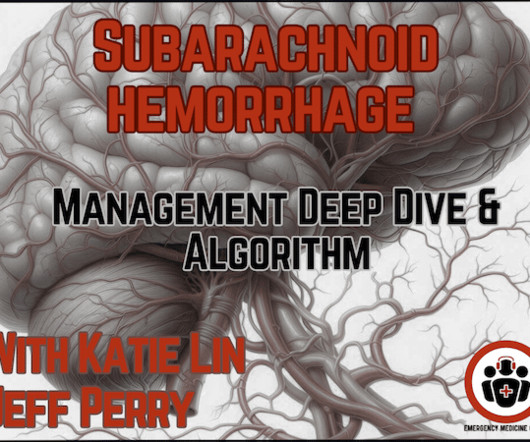


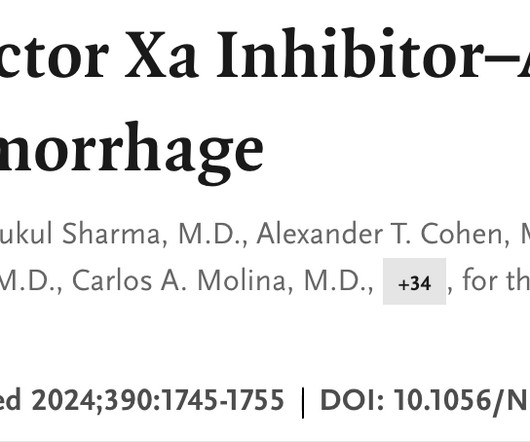

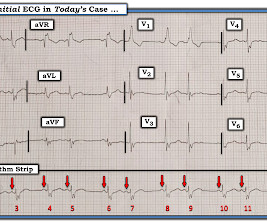


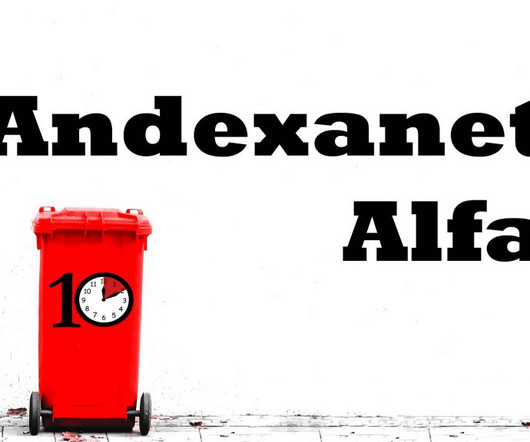


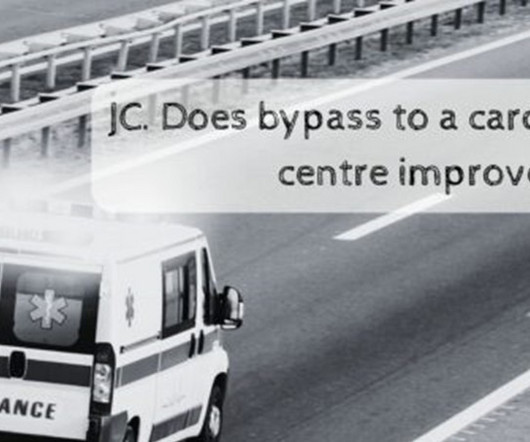
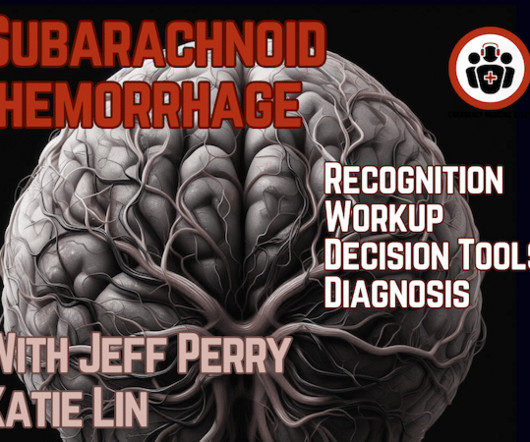



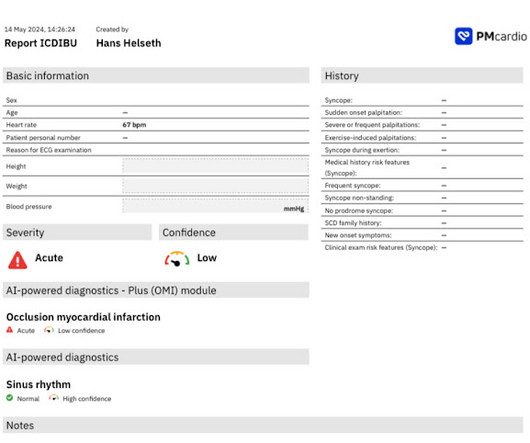


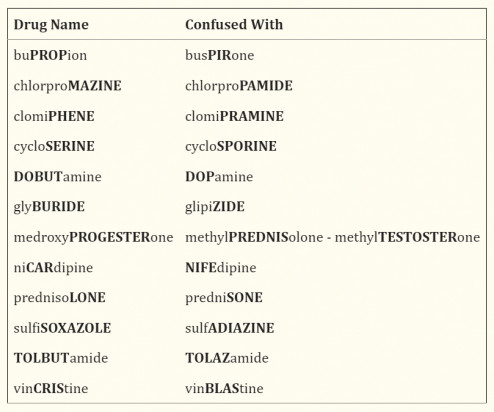



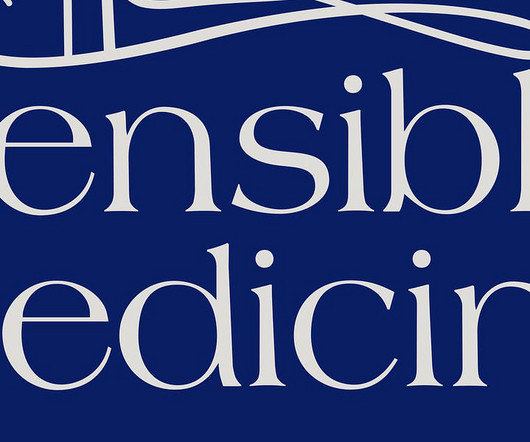






Let's personalize your content